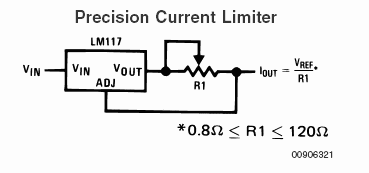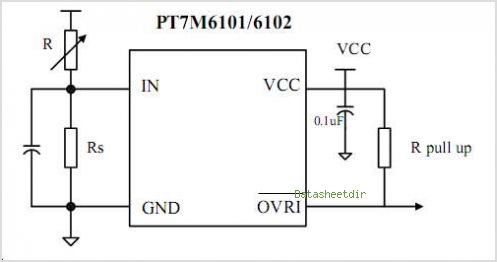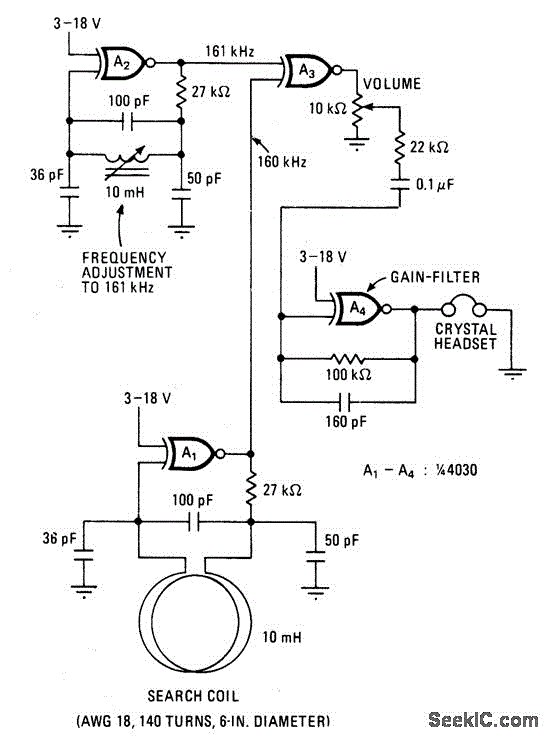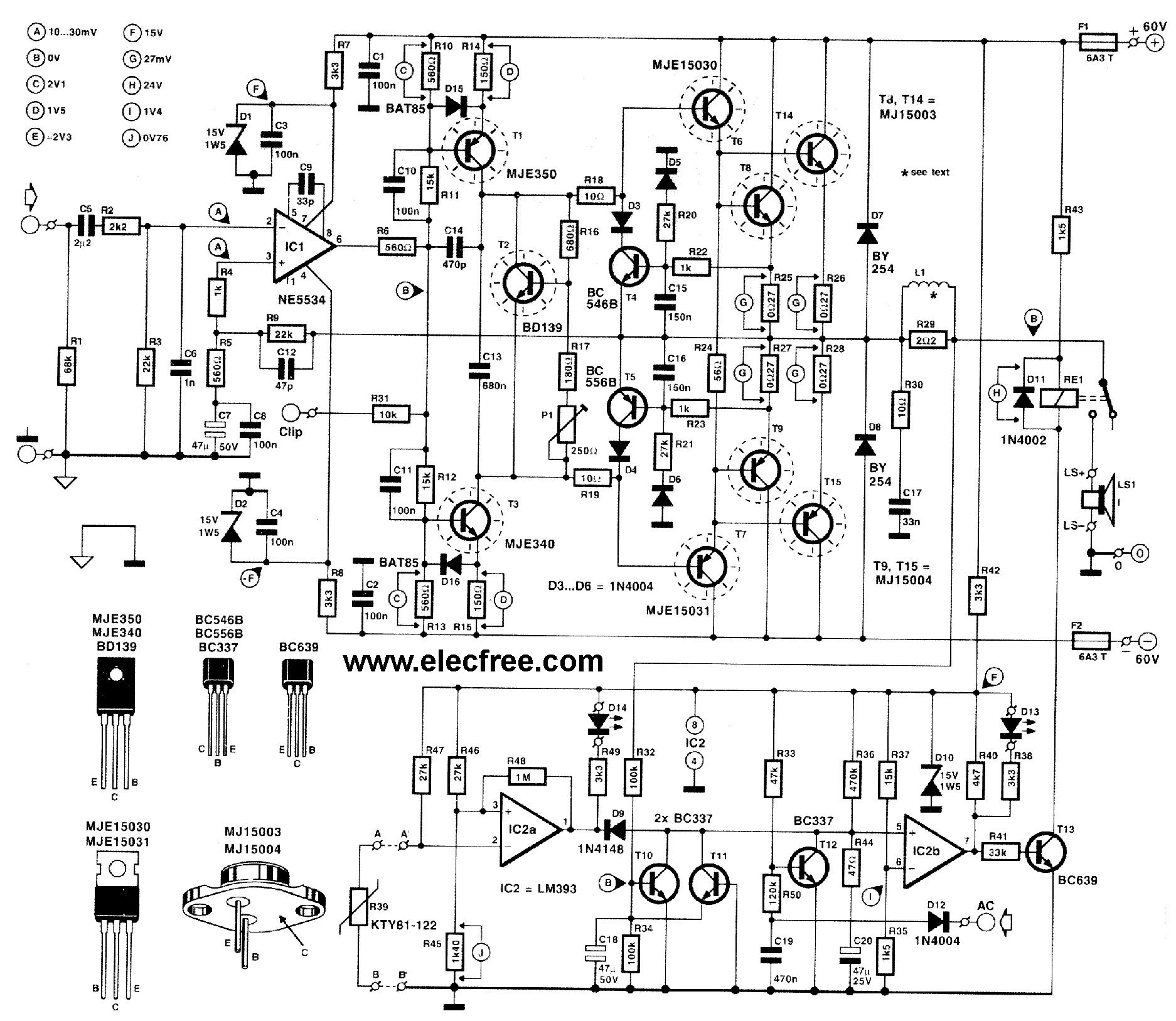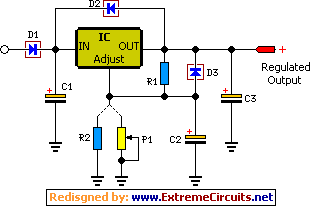
voltage Serial and parallel circuits and power
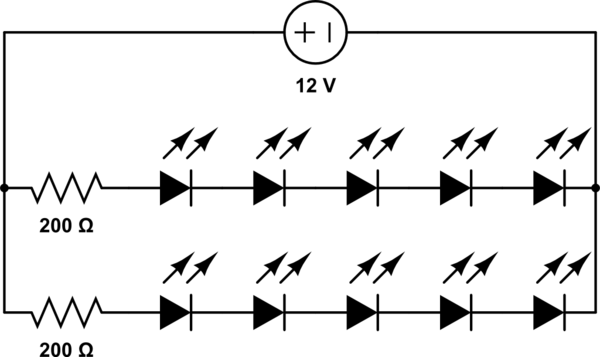
A 12V power supply is available, and there is a need to power LEDs with a forward voltage of 2V. It is questioned whether only six LEDs can be powered or if the cathode of one LED can be connected to the anode of the next, creating a series connection. Alternatively, the possibility of having each LED in its own loop is considered. In a series-parallel configuration, multiple current loops can be created, allowing each loop to carry as many LEDs as can be powered from the supply voltage. For instance, if LEDs with a nominal forward voltage of 1.7V are used, five LEDs can be connected for a total of 8.5V. Given a 12V power supply, a suitable resistor for each branch would be calculated as (12 - 8.5)/0.02 = 190 ohms. The closest standard 5% resistor value is 220 ohms, which would provide approximately 16mA per branch, ensuring adequate brightness.
To design a circuit using a 12V power supply to power LEDs with a forward voltage of 2V, it is important to consider the arrangement of the LEDs and the necessary current-limiting resistors. When connecting LEDs in series, the total forward voltage drop across the LEDs must not exceed the supply voltage. For example, with a forward voltage drop of 2V per LED, a maximum of six LEDs can be connected in series, resulting in a total voltage drop of 12V. However, if a series connection is not desired, a parallel configuration can be utilized.
In a parallel configuration, each LED can be powered individually, but it is crucial to incorporate a current-limiting resistor for each LED to prevent excess current from damaging the components. The resistor value can be calculated using Ohm's Law. For example, if using LEDs with a forward voltage drop of 1.7V and a desired current of 20mA, the resistor value can be calculated as follows:
1. Determine the voltage across the resistor: \( V_R = V_{supply} - V_{LED} \)
- For a 12V supply and a 1.7V LED: \( V_R = 12V - 1.7V = 10.3V \)
2. Use Ohm's Law to find the resistor value: \( R = \frac{V_R}{I} \)
- For 20mA (0.02A): \( R = \frac{10.3V}{0.02A} = 515 \Omega \)
The closest standard resistor value would be 510 ohms or 560 ohms, depending on availability. The selection of a 510-ohm resistor would yield a current of approximately 20.2mA, which is acceptable for typical LED operation.
For a series-parallel configuration, multiple branches can be created, where each branch consists of several LEDs in series, each branch having its own resistor. This method allows for efficient use of the power supply while ensuring that each LED receives the appropriate current. The total number of branches and LEDs in each branch can be adjusted based on the desired brightness and power handling capabilities of the circuit.
In conclusion, both series and parallel configurations are viable for powering LEDs from a 12V supply. The choice between the two methods will depend on the specific requirements of the application, including the desired brightness, the number of LEDs, and the available components. Proper resistor selection is critical to ensure optimal performance and longevity of the LEDs.12V of power, and wanted to power LEDs with a forward voltage of 2V, could I only power 6 of them Would I connect the cathode of one to the anode of the next, creating a kind of serial connection Or is there a way to have each LED be it`s own loop Thank you. In series-parallel, you have multiple current loops. Each loop can carry as many LEDs as you can power from your supply voltage. For example, if you had LEDs with a nominal 1. 7Vf, then you would have 5 LEDs for a total of 8. 5V. With a power supply voltage of 12V, a reasonable resistor choice for each branch would be (12 - 8. 5)/. 02 = 190. Closest standard 5% resistor value I can think of is 220 ohms which would give you 16mA per branch. Should be plenty bright enough. 🔗 External reference
To design a circuit using a 12V power supply to power LEDs with a forward voltage of 2V, it is important to consider the arrangement of the LEDs and the necessary current-limiting resistors. When connecting LEDs in series, the total forward voltage drop across the LEDs must not exceed the supply voltage. For example, with a forward voltage drop of 2V per LED, a maximum of six LEDs can be connected in series, resulting in a total voltage drop of 12V. However, if a series connection is not desired, a parallel configuration can be utilized.
In a parallel configuration, each LED can be powered individually, but it is crucial to incorporate a current-limiting resistor for each LED to prevent excess current from damaging the components. The resistor value can be calculated using Ohm's Law. For example, if using LEDs with a forward voltage drop of 1.7V and a desired current of 20mA, the resistor value can be calculated as follows:
1. Determine the voltage across the resistor: \( V_R = V_{supply} - V_{LED} \)
- For a 12V supply and a 1.7V LED: \( V_R = 12V - 1.7V = 10.3V \)
2. Use Ohm's Law to find the resistor value: \( R = \frac{V_R}{I} \)
- For 20mA (0.02A): \( R = \frac{10.3V}{0.02A} = 515 \Omega \)
The closest standard resistor value would be 510 ohms or 560 ohms, depending on availability. The selection of a 510-ohm resistor would yield a current of approximately 20.2mA, which is acceptable for typical LED operation.
For a series-parallel configuration, multiple branches can be created, where each branch consists of several LEDs in series, each branch having its own resistor. This method allows for efficient use of the power supply while ensuring that each LED receives the appropriate current. The total number of branches and LEDs in each branch can be adjusted based on the desired brightness and power handling capabilities of the circuit.
In conclusion, both series and parallel configurations are viable for powering LEDs from a 12V supply. The choice between the two methods will depend on the specific requirements of the application, including the desired brightness, the number of LEDs, and the available components. Proper resistor selection is critical to ensure optimal performance and longevity of the LEDs.12V of power, and wanted to power LEDs with a forward voltage of 2V, could I only power 6 of them Would I connect the cathode of one to the anode of the next, creating a kind of serial connection Or is there a way to have each LED be it`s own loop Thank you. In series-parallel, you have multiple current loops. Each loop can carry as many LEDs as you can power from your supply voltage. For example, if you had LEDs with a nominal 1. 7Vf, then you would have 5 LEDs for a total of 8. 5V. With a power supply voltage of 12V, a reasonable resistor choice for each branch would be (12 - 8. 5)/. 02 = 190. Closest standard 5% resistor value I can think of is 220 ohms which would give you 16mA per branch. Should be plenty bright enough. 🔗 External reference
